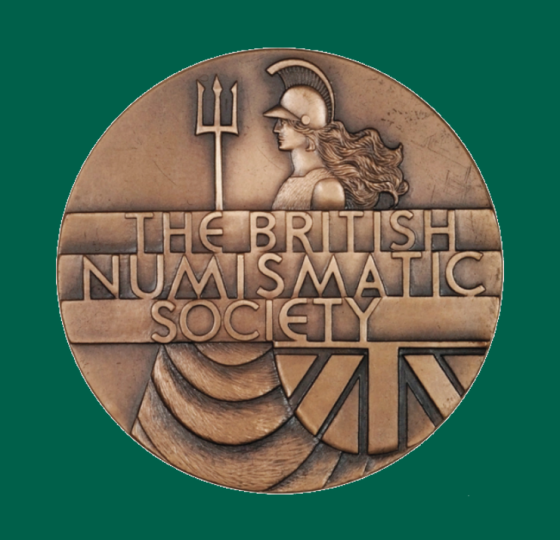A discussion of the evidence for an intriguing early nineteenth century coin hoard from Laxfield, Suffolk, which may or not have had both a Carolingian denier component as well as an Anglo-Saxon element. The note also draws attention to the fact that the late Tony Merson possessed a parcel of Carolingian deniers which he believed to derive from the hoard in question.

Further to my note published above, Jens Christian Moesgaard has kindly pointed out to me that he has discussed Tony Merson’s GDR denier of Rouen in a second, more recent article (J.C.Moesgaard (with Michel Dhénin), ‘The Viking Invasions 885-889 and the activity of the mint of Rouen’, in Naismith, Allen, & Screen, eds., Early Medieval and Monetary History, Studies in Memory of Mark Blackburn, 2014, 427-457). He records (pp.436-7) that Merson’s coin is struck from the same reverse die as specimens of this variety that occurred in hoards from Ablaincourt (Somme) and Féchain (Nord), both likely to have been deposited in the early 890s. He also takes the view that the coin of St.Géry is “probably Charles the Fat, maybe Charles the Bald”, which leads him to the view (p.453) that the Laxfield hoard was more probably deposited after 882 than in the late 870s. If that was the case, and Whincopp’s assertion that the Anglo-Saxon coins found at Laxfield were of East Anglian kings, i.e. struck no later than 869, was correct, that would strengthen the case for supposing that the Carolingian deniers found at Laxfield and the Anglo-Saxon coins found at Laxfield were separate parcels found on different occasions, since it is doubtful that in a hoard deposited in Suffolk in the 880s the Anglo-Saxon element would have comprised coins of the East Anglian kings rather than more recent issues in the names of Aelfred of Wessex or of Ceolwulf II of Mercia.
Moesgaard also points out that if Tony Merson’s coin, which is pecked, “really derives from the Laxfield hoard buried after 875 or after 882, this would be the oldest occurrence in England” of a pecked coin in a Viking-Age coin hoard. That would be a striking piece of evidence for the history of pecking in this country, but a degree of caution is necessary in using that fact evidentially, for, as readers of the final paragraph in my note above on the Laxfield hoard will discern, I was doubtful at the time as to whether the parcel of Carolingian deniers shown to me by Tony Merson necessarily derived from a single source, as their patination was not entirely uniform.